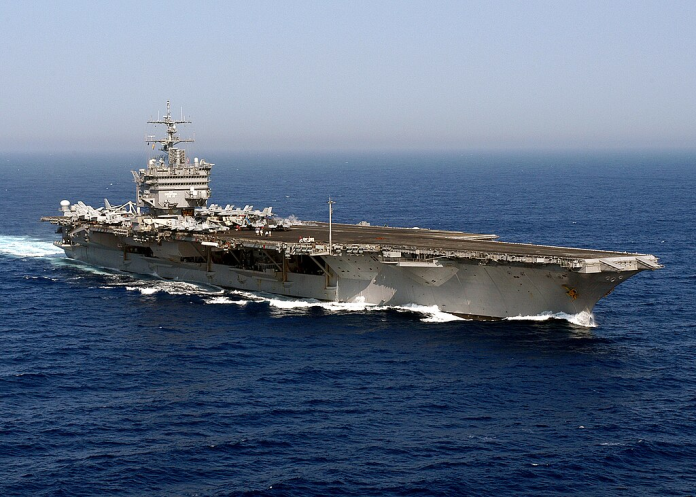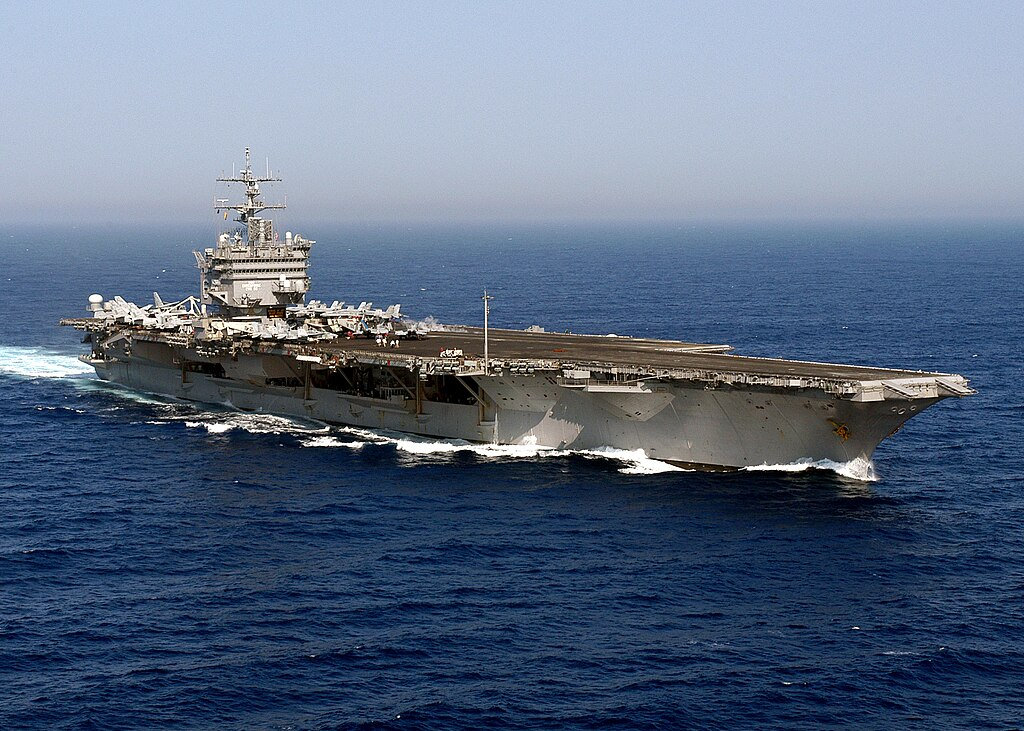
In yet another historic twist for the United States Navy, the legendary USS Enterprise (CVN-65) will make history once again this time as the very first ever nuclear-powered aircraft carrier ever to be broken up.
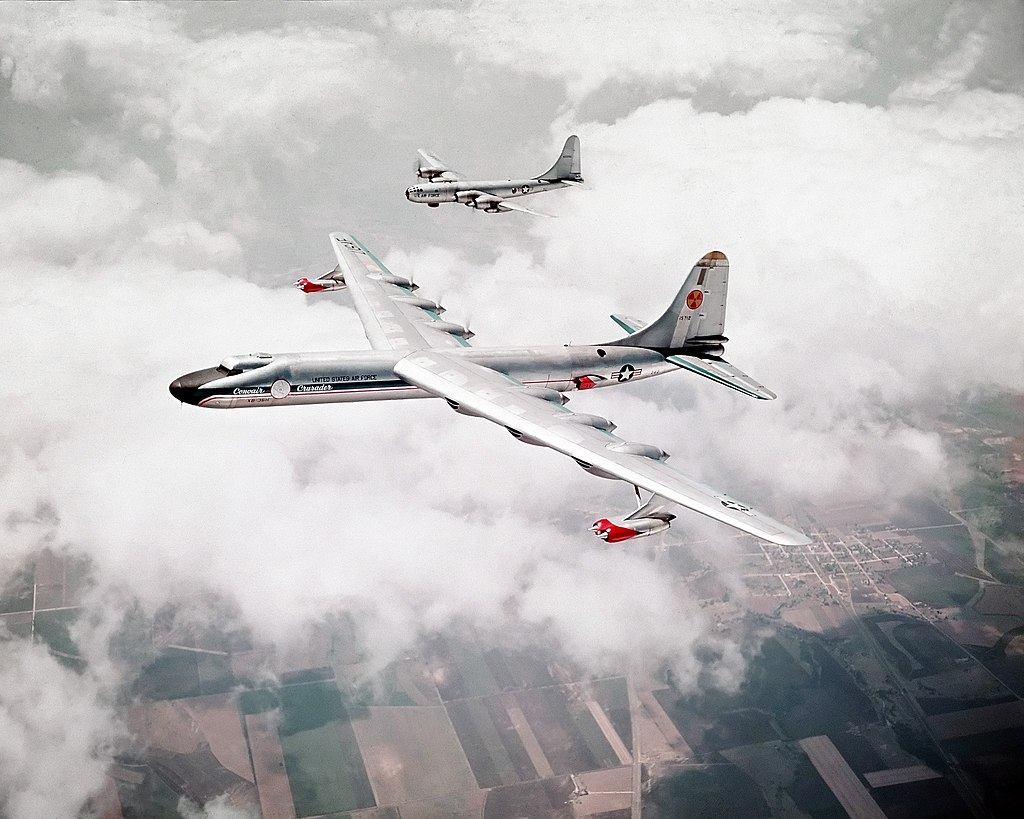
Commissioned in 1961 and retired in 2017, the “Big E” has been waiting patiently for its final fate at Newport News Shipbuilding, Virginia. And the Navy has now chosen commercial strike, a decision with long-term implications for cost, environmental protection, and future carrier fleet management.
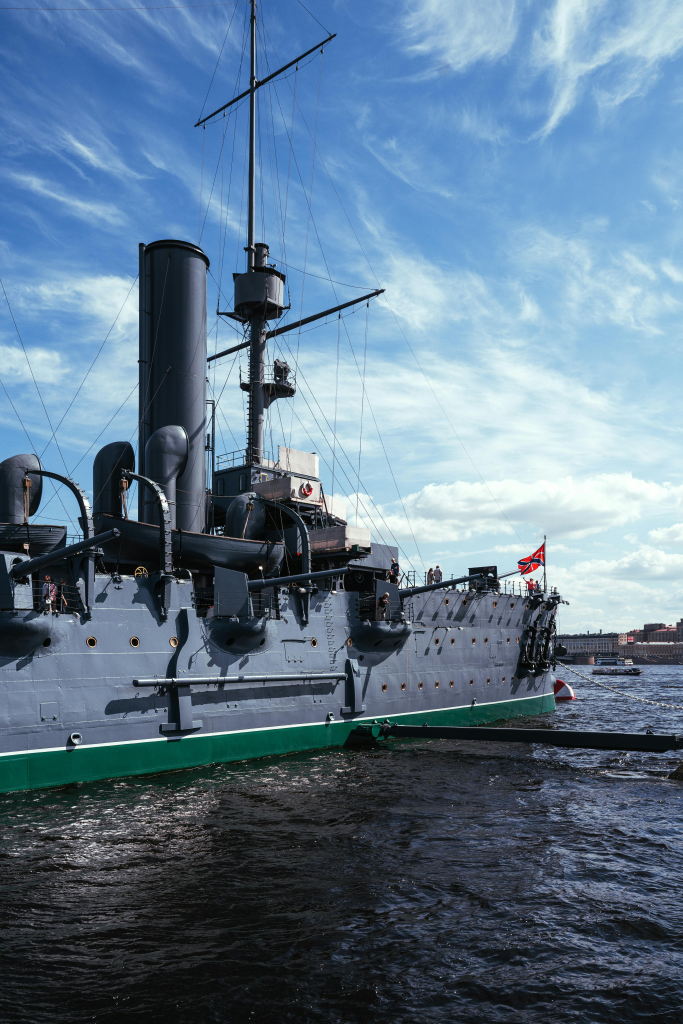
1. A Historic Challenge
The Enterprise is not a typical warship. Built with eight nuclear reactors, it has a size and complexity that has rendered it impossible for the Navy to get rid of it in the traditional manner, such as sinking for target training or selling to salvage companies. The uniqueness of the ship has forced the Navy to venture into new territory, creating a one-of-a-kind strike program that is bound together with innovation and accountability.
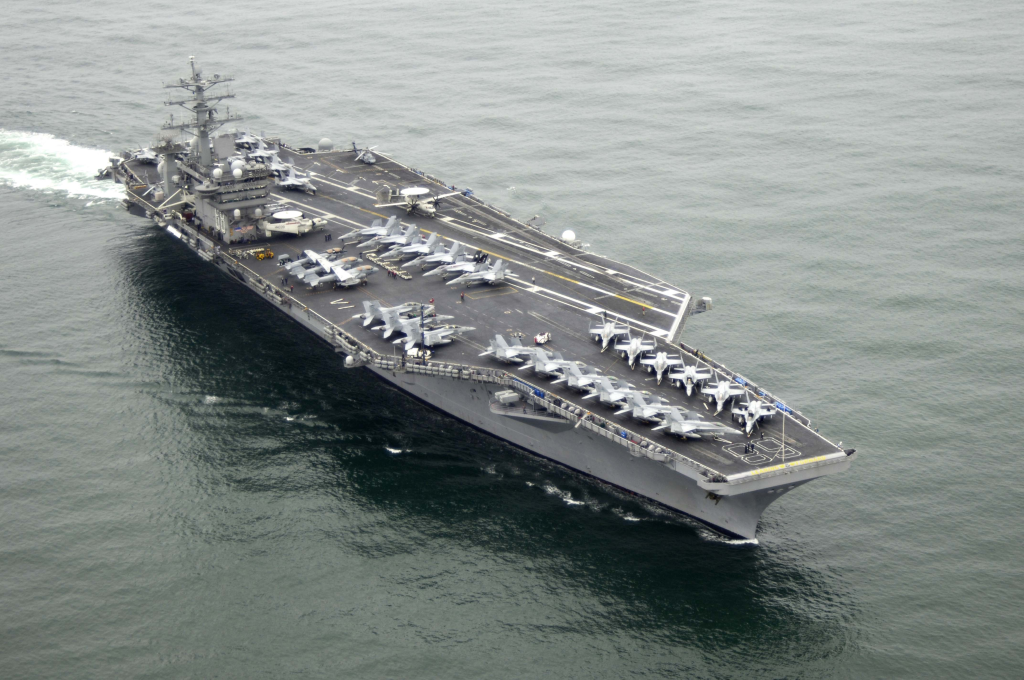
2. Timeline and Strategic Importance
According to formal Navy documents, strike is set to begin in 2025 and continue until 2029. The time frame is significant as it is simultaneous with the planned retirement of the USS Nimitz (CVN-68) in 2026 and that of the USS Eisenhower (CVN-69) subsequently. Offering proper strike of the Enterprise will be a pilot example for other nuclear-powered carriers that are approaching the culmination of their life cycles.
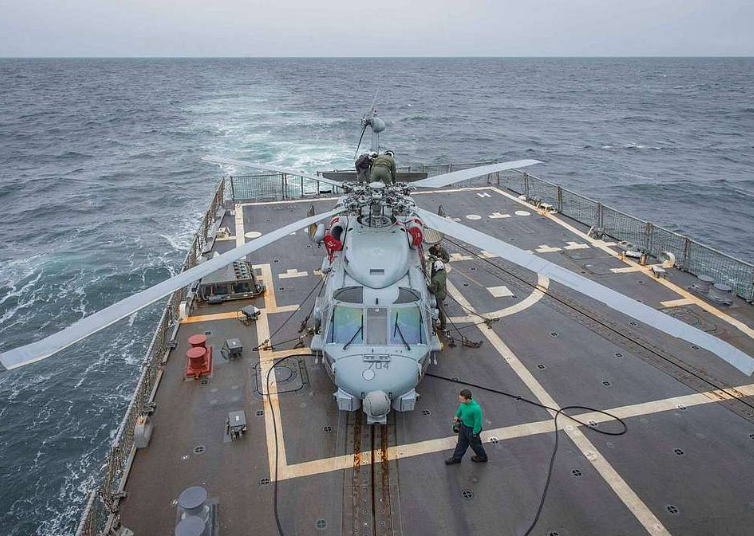
3. Cost Considerations
The Navy has estimated the strike through industry will cost between $554 million and $696 million. While substantial, this is much less than the cost of using public shipyards at $1.1 to $1.4 billion. Not only is the Navy saving money by approaching industry partners, it is also accelerating the process, shortening the estimated period from more than 15 years to five.
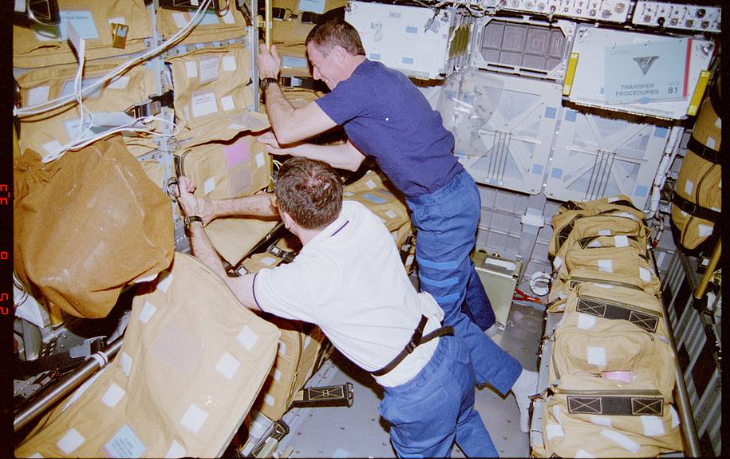
4. Environmental and Operational Benefits
The Navy adds that the commercial solution will safely dispose of radioactive and hazardous waste and meet environmental regulations. At the same time, it saves the money spent on keeping the Enterprise in “safe stowage” and releases precious space in the Navy’s inactive ship park. This is thereby both a sustainability initiative and a logistical necessity.
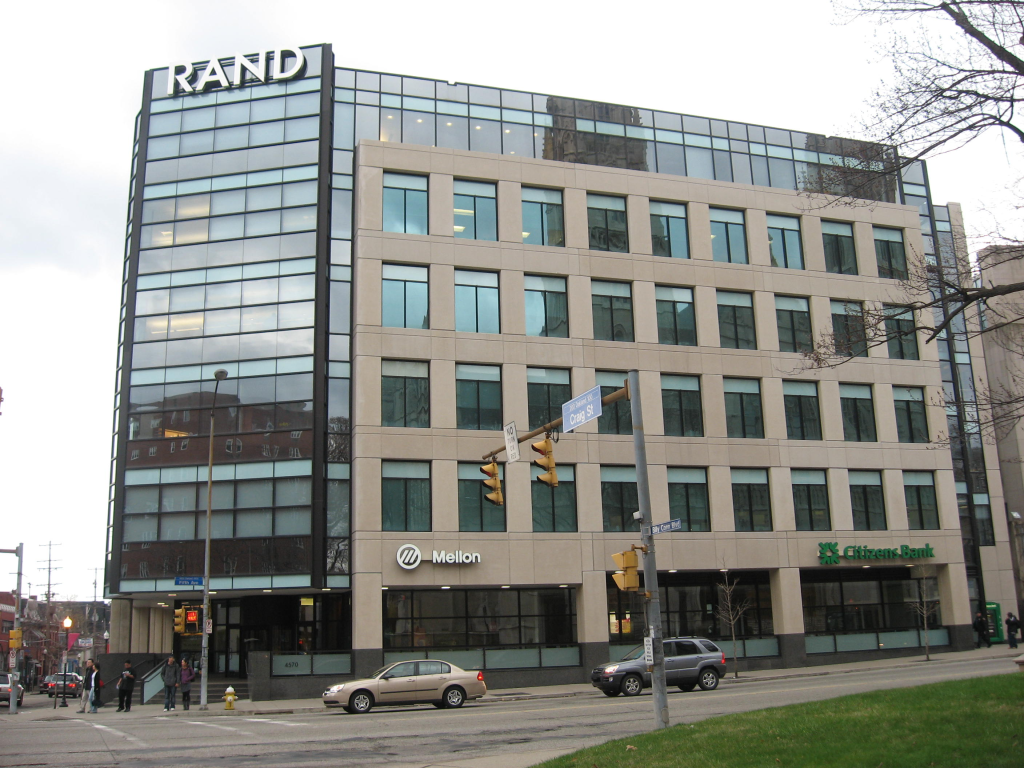
5. Emphasis on Public Shipyards
Experts such as Bradley Martin of the RAND Corporation note that public shipyards are already fully utilized. Between carrier overhauls, submarine upkeep, and other fleet commitments, Navy yards lack the capacity to undertake an undertaking of this scale. Outfolding strike relieves pressure on them so that shipyards can focus on high-priority operational work.
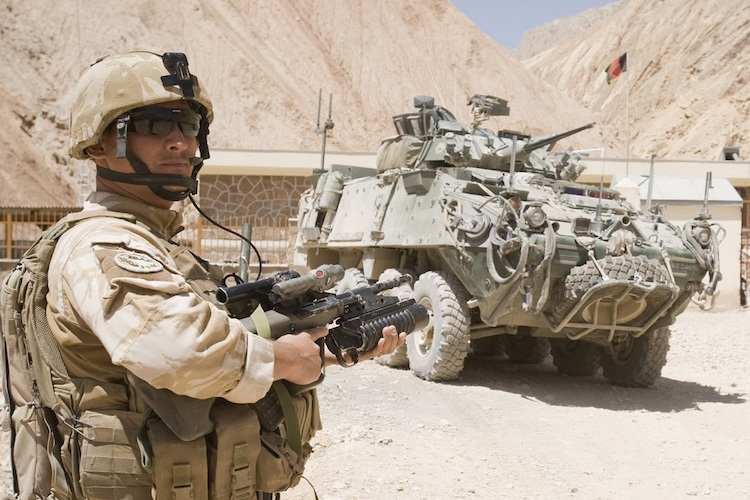
6. The Legacy of the Enterprise
The USS Enterprise was more than a ship it was an emblem of American sea power. With operations from Cold War to the Middle East, the carrier has been at the center of global affairs. Its decommissioning, although the conclusion of an era, also marks the transition of the Navy into confronting new challenges in nuclear fleet management.
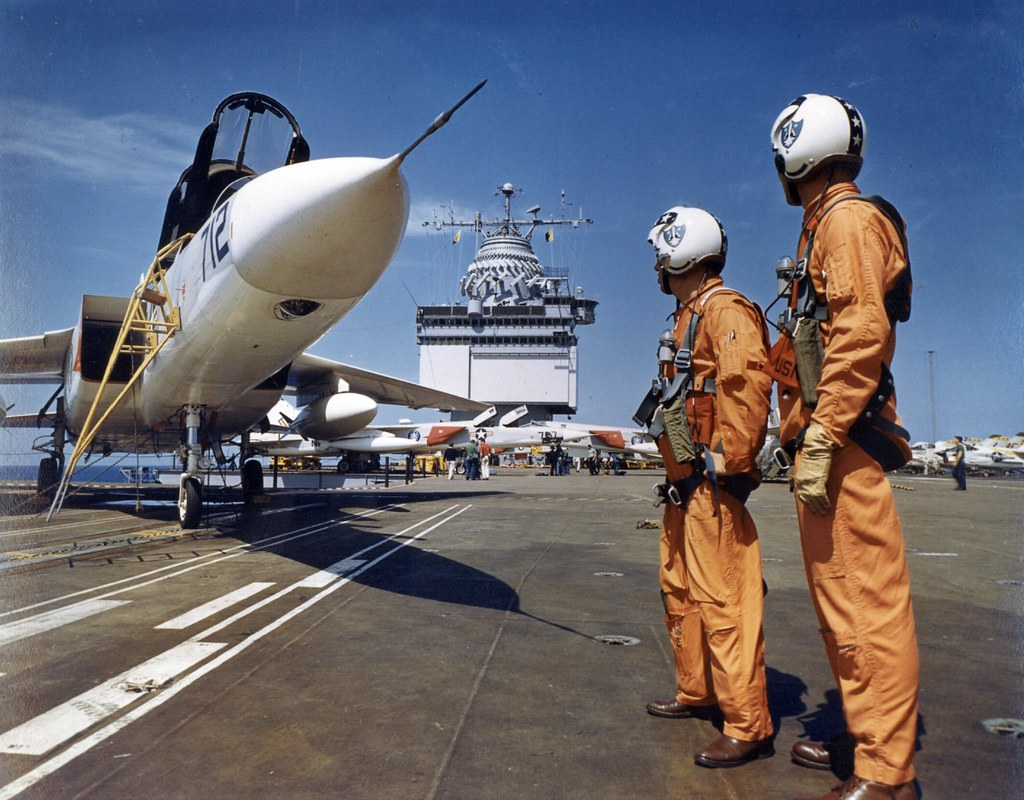
Scrapping the USS Enterprise is both an historic opportunity and a logistical challenge. By turning to commercial industry, the Navy avoids expenses, benefits the environment, and provides a model for future nuclear carrier retirements.
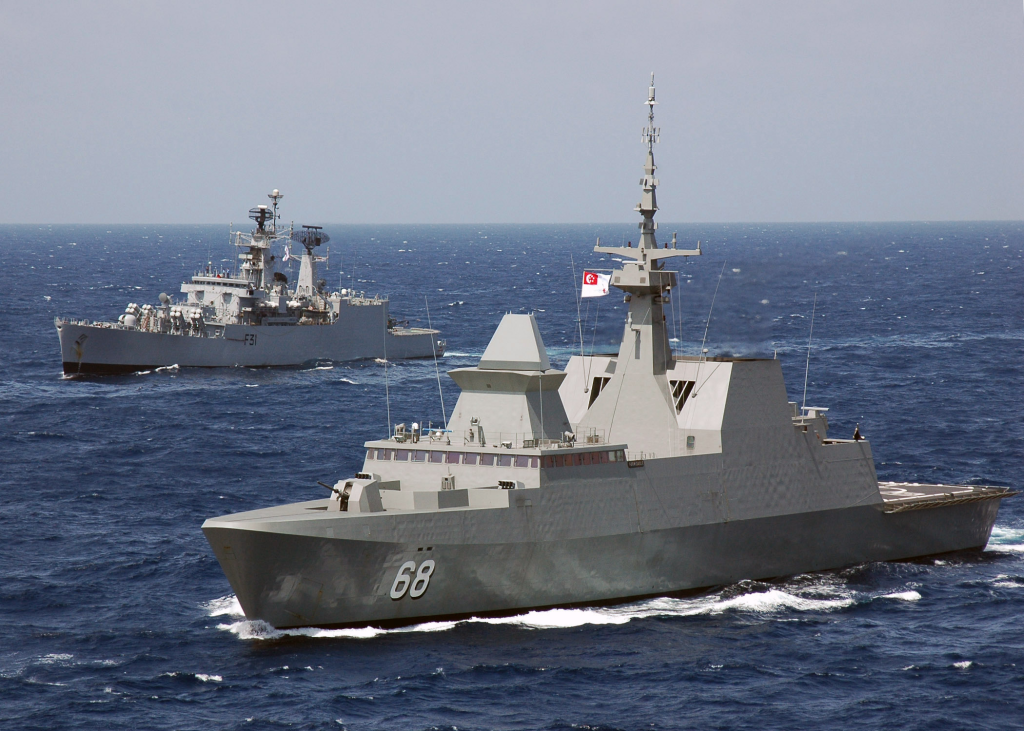
While the “Big E” soon will be history, its final mission is as historic as its first to chart the course for how the Navy disposes of the mighty but complex ships that make the force so formidable at sea.
